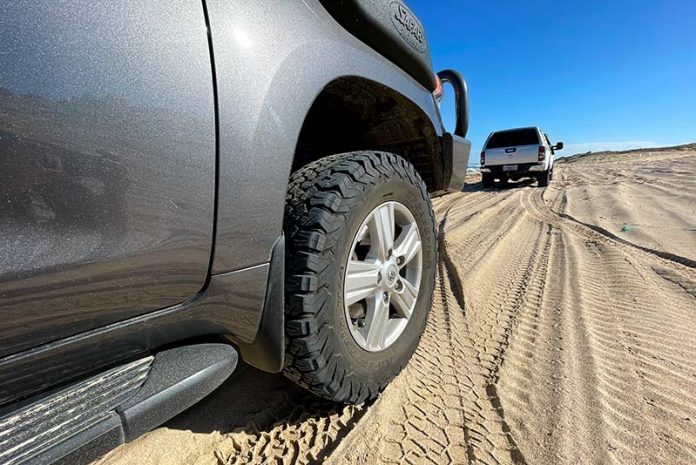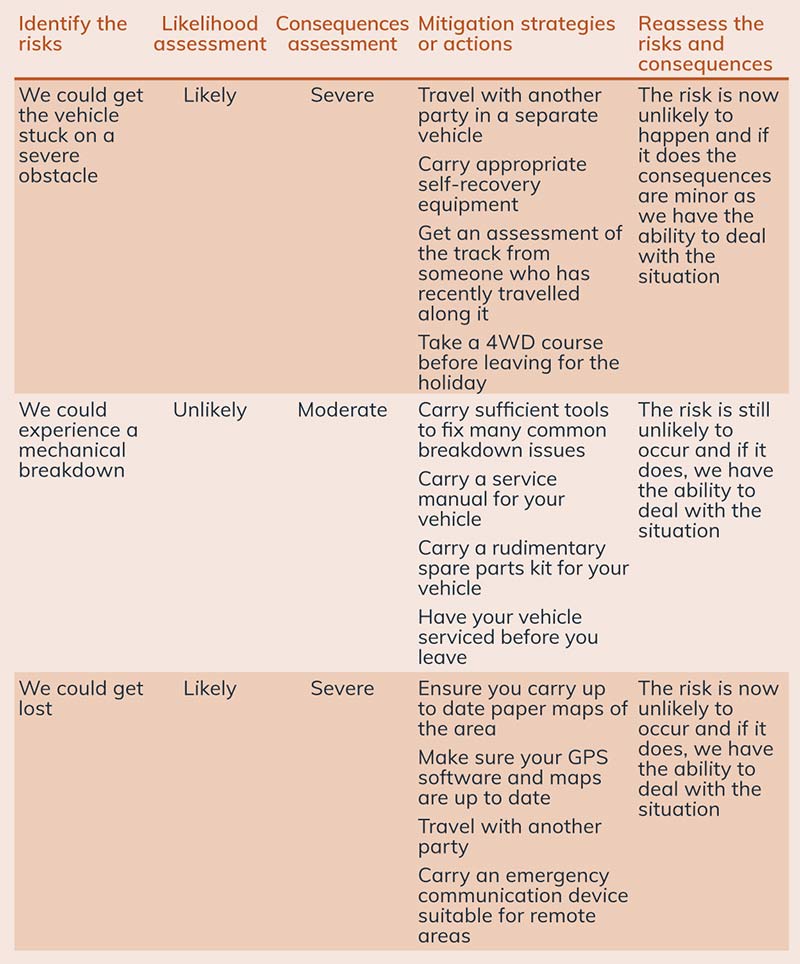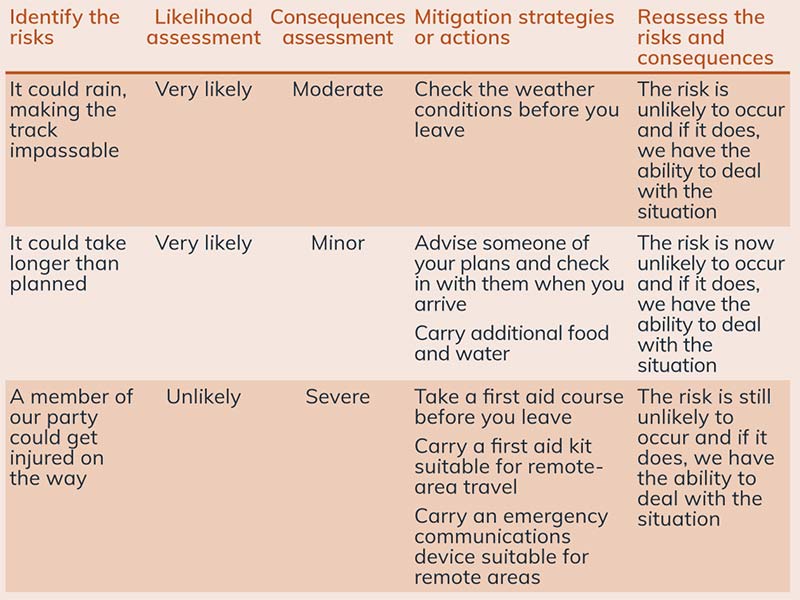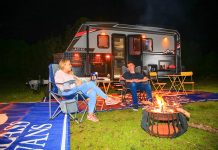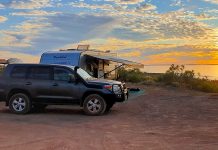When it comes to planning a caravan holiday, everyone likes to think about all the fun and memorable things to include on their itinerary. Places to stay, sights to see, new roads to travel. But how many people think about how quickly disaster could strike, and how they could avoid it? Not many, I think. It’s not very much fun to think about all the disasters that could befall you. After all, you may decide not to go because it’s too dangerous!
Hopefully after reading this, you’ll have some basic ideas on how to avoid a disaster on the road and, if the worst should happen, you will feel equipped to deal with the situation.
A LITTLE BACKGROUND
Just so you know, I’m not some average Joe writing about a subject I have no experience in. Before my wife and I left for a life on the road, I spent 30 years as a volunteer in the Victorian State Emergency Service. The unit I served with was one of the busiest in the state. We did everything from search and rescue, to storm and flood mitigation, 4WD training and rescuing people trapped in car crashes using the ‘jaws of life’.
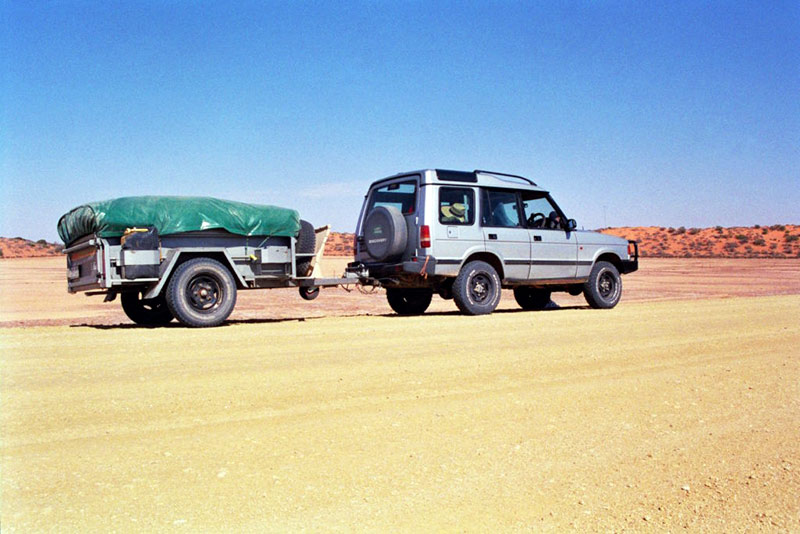
The training we did and skills we learnt prepared us to deal with a huge variety of emergencies.
In addition, I’ve spent the better part of the last 30 years travelling around Australia in a variety of 4WDs and RVs. Many of my travels have been to some of the most remote parts of the country. I’ve faced my share of emergency situations and I reckon I’ve learnt a lot from them.
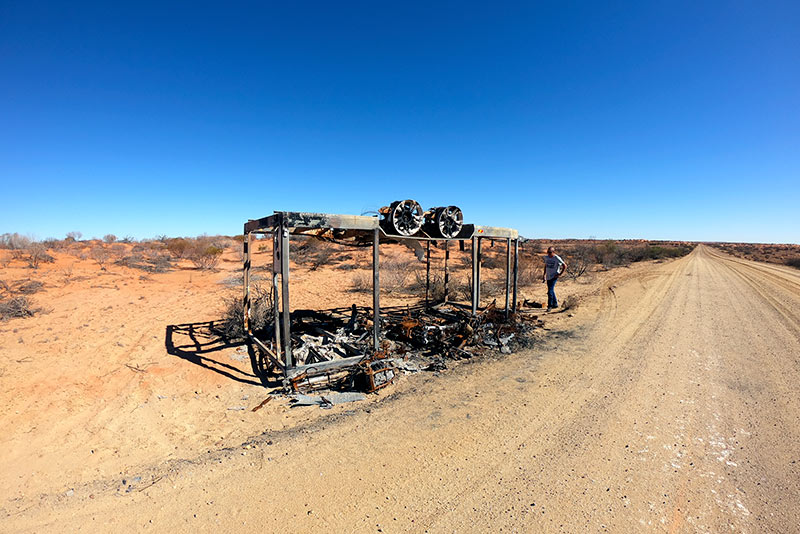
ASSESSING AND MITIGATING RISK TO AVOID DISASTER
Nothing happens in the emergency services without someone first doing a risk assessment. I’m not talking about an administrative process to produce a 120-page report. It’s more of a mindset or a conscious decision-making process. In its most simplistic form, risk assessment involves six basic steps:
1. Identify the risk.
2. Determine the likelihood of that risk occurring.
3. Consider the consequences of the risk occurring.
4. Identify what can be done to mitigate or lessen the risk.
5. Reassess the risks with the mitigation strategies in place.
6. Make a judgement as to whether the risk is worth taking.
Here’s an example of how this might work. Let’s say we are considering travelling down a 4WD track we are unfamiliar with in a remote location. We are travelling alone. What would be some of the disaster risks associated with this activity? Let’s list them in a table (see below) and apply the risk management steps.
In this example, now that we have identified the risks and put in place mitigation strategies to either eliminate or lessen the consequences of those risks, we can make a better decision about whether or not we should go down that track.
YOU’VE GOT TO BE JOKING!
I can imagine there are a lot of you reading this and thinking, “I’ll be buggered if I have to do this for every decision I make on my travels.” And you would be right to a certain extent. The fact is, you probably do a lot of this in your decision-making anyway without even realising it.
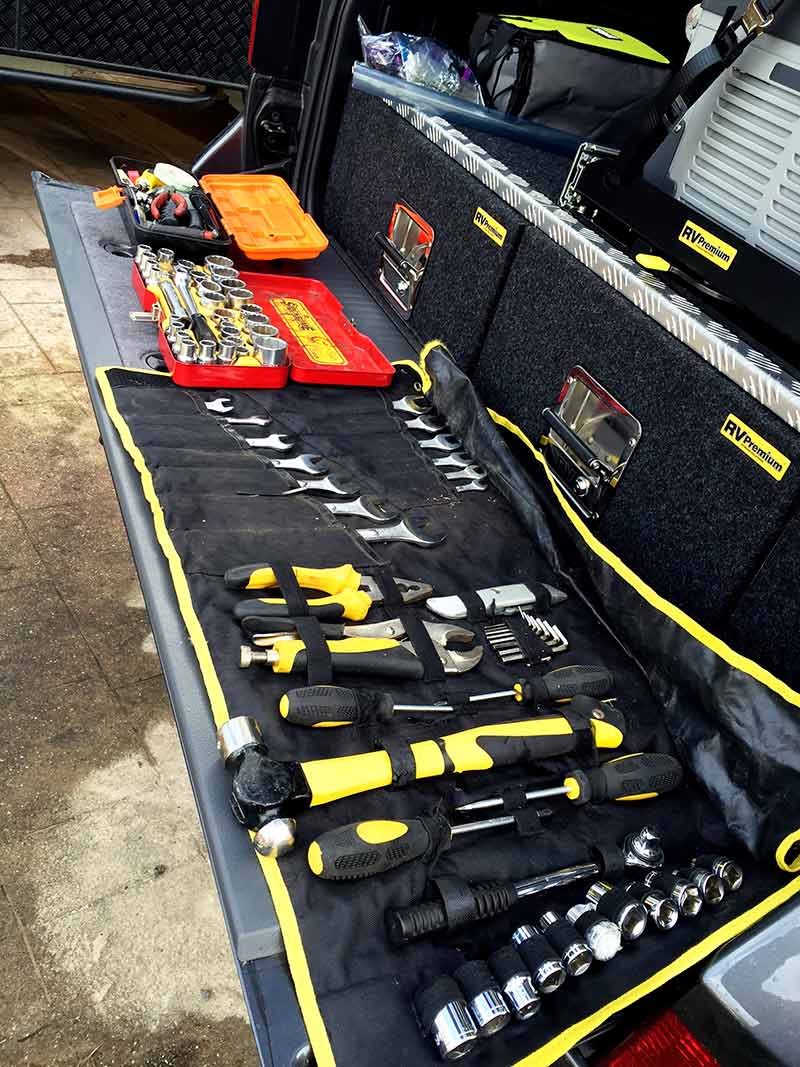
You don’t have to go to the trouble of doing your risk analysis on a piece of paper every time you do something. Just by consciously thinking about it in this way, you will ensure you cover as many risks as possible and avoid potential disasters along the way. It will also get you out of the ‘she’ll be right mate’ mentality.
A FINAL WORD OF ADVICE
At the end of the day, there is no way to completely eliminate the risk of a disaster happening while you’re travelling. That is the nature of this vast and potentially dangerous country. But you can greatly improve your chances by adopting these very simple decision-making principles.
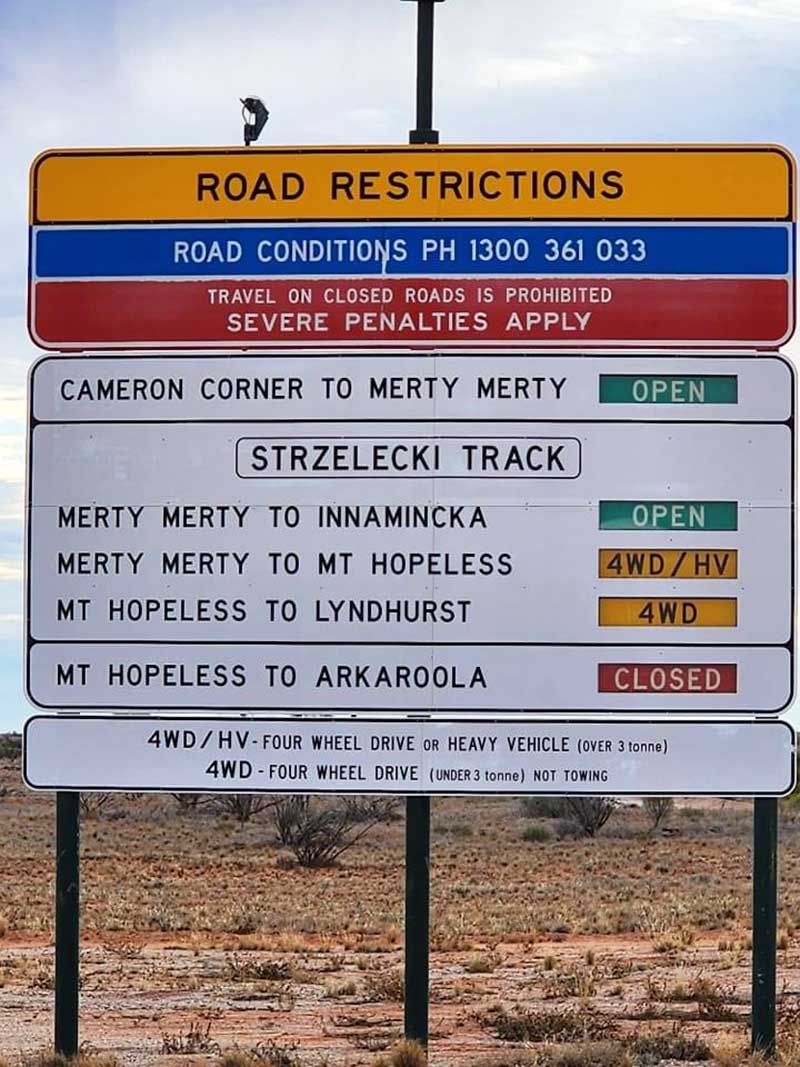
Also, keep in mind that you don’t want the risk assessment to be all-consuming, either. Remember, you’re out there to have fun and enjoy the experiences open to you. Just be safe doing it.
MY TOP 10 RULES FOR AVOIDING A DISASTER
1. Safety in numbers. While travelling alone can be a rewarding challenge, there are times when travelling with another party is just the sensible thing to do. At the very least, take a path where others are likely to travel so you can flag down help if needed.
2. Knowledge is power. Before you head off on your adventures, try to do as many courses as you can that are relevant to your travels. Towing and first aid courses should be at the top of your list. Take a 4WD course if you’re heading offroad.
3. Know your limitations. As we get older, our ability to do things and endure harsh conditions reduces each year. If you’re physically incapable of changing a tyre, you’re better off avoiding remote outback dirt roads.
4. Maintain your equipment. Have your vehicle and caravan maintained according to their handbook. Other equipment, such as generators, may also need periodic maintenance.
5. The right tool for the right job. Carrying a basic toolkit will enable you to make most minor repairs yourself. Carry spare filters, fan belts and oil for your vehicle and know how to fit them if necessary.

6. Communications are vital. Don’t rely on your mobile phone alone for emergency communications, especially if you travel into remote areas. Look at carrying a satellite-based communications device such as a ZOLEO so you can still get help outside of the mobile phone network. UHF CB radios are also very useful.
7. Don’t be a cheapskate. I have learned this lesson the hard way. Cheap tools, tyres, air-compressors and batteries have all let me down over the years. Quality gear is worth the extra investment.
8. Don’t ignore the signs. Always take notice of road warning signs, including the ones at the beginning of many outback roads or those advising of road conditions. Remember, if it’s flooded, forget it.
9. Keep an eye on the weather. Download a good, reliable weather app that uses data relevant to Australia. The good ones will give you a forecast of five to seven days.
10. Stay calm. f the worst should happen, keep calm, don’t panic and above all don’t be afraid to ask for help.
ESSENTIAL GEAR
Five essential items to carry to help you avoid and deal with potential disasters…
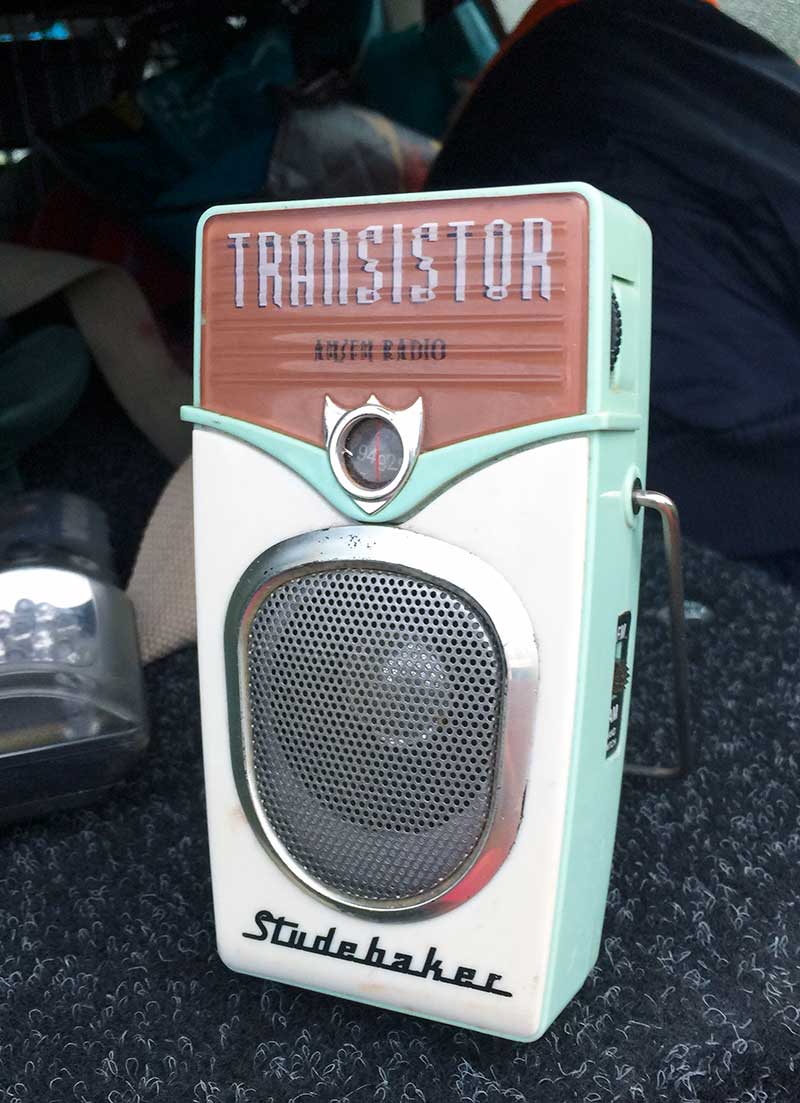
1. A transistor radio. When you’re out of mobile phone or internet range, the humble transistor radio can pick up local radio broadcasts, alerting you to adverse weather or other dangers in the area.
2. A handheld GPS. We have come to rely heavily on GPS navigation on our smart devices but if its battery is flat or you’re out of mobile phone range, it may be completely useless. A hand-held GPS combined with paper maps can assist you to locate yourself if you get lost or direct emergency services to your location.
3. Comprehensive first aid kit. Most cheap first aid kits are okay for around the home or office but, in the outback, you may have to manage someone with serious injuries for a long period of time while you wait for emergency services to arrive. Your kit should contain items to treat large wounds, snake bites and broken limbs.
4. Air-compressor and puncture plug kit. Flat tyres are almost an inevitability, especially if you travel on dirt roads. Get one flat tyre and you can replace it with your spare. Get another flat and you could be stranded. A basic plug kit and air-compressor can allow you to get back on the road and out of trouble.
5. Solar USB charger. When you consider all the electronic devices we rely on for our daily lives, it becomes essential to be able to recharge them even when all other means have been depleted. Solar USB chargers can indefinitely keep your devices charged.


